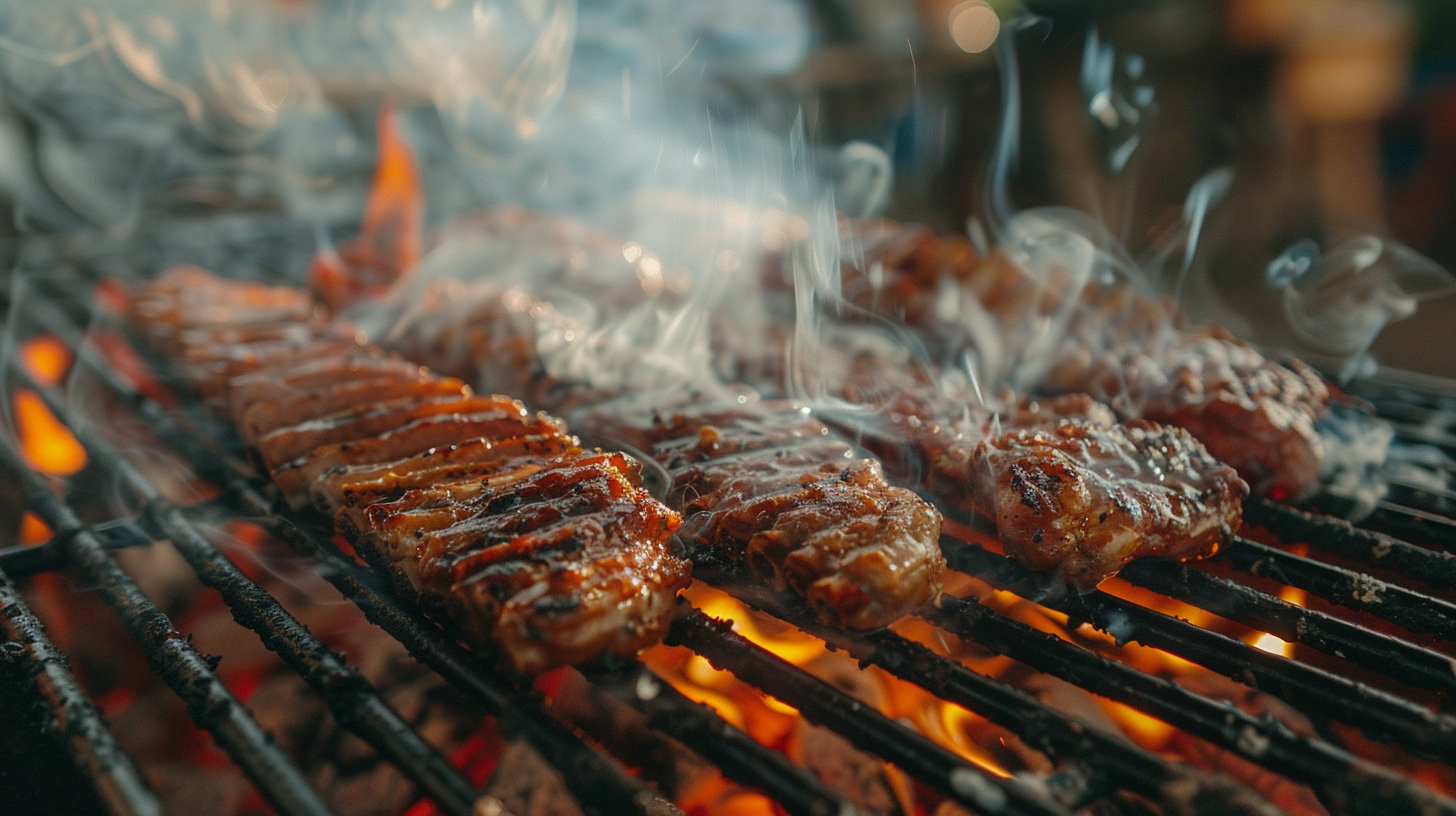Key points
• Lighting: Good lighting is essential in taking photos of BBQ food. It brings out the textures and makes the colors pop. Sunlight usually gives the best results for a tempting photo.
• Composition: Place your BBQ items, sides, and sauces neatly to get an attractive, well-rounded picture that shows off the food’s variety and plenty.
• Styling: Decorate with some herbs, pick the right dishes and set up a scene that fits the BBQ vibe. This helps make the food look more appealing in photos.
Contents
- Key points
- Understanding the Importance of BBQ Photography
- Overview of BBQ Photography in Culinary Arts
- Understanding BBQ Photography
- The Look of Barbecued Food
- Key Points in Barbecue Imagery
- Camera and Lens Choices for Food Shots
- Lighting for BBQ Photos Outside and Inside
- Getting Close to Grill Marks and Smoke
- Framing Up BBQ For Impact
- Natural vs Artificial Light
- Perfect Shadows and Highlights Make a Difference
- Creative Composition With BBQ Elements
- Backdrop Choices That Flatter Barbecue Foods
- Pumping Up Grill Appeal With Editing Tricks
- Digital Tools For Food Photo Editing
- Capturing Grilling Craftmanship
- Timing Is Everything In BBQ Photography
- Enhancing BBQ Food Photos
Understanding the Importance of BBQ Photography
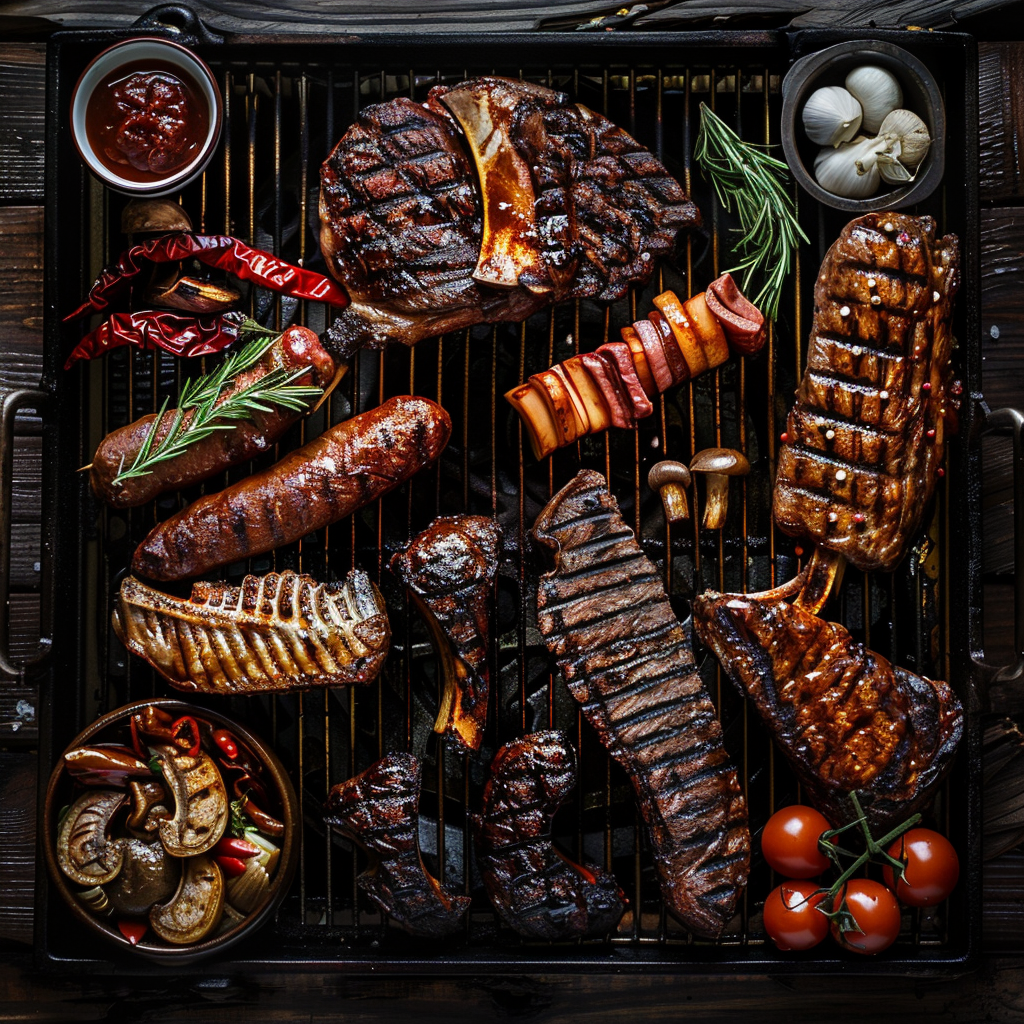
Taking great BBQ photos is about more than just taking pictures—it’s about capturing flavors with your camera. Think about the way perfectly grilled marks make a steak look mouth-watering, or how shiny sauce on ribs catches your eye.
Ever notice the vivid colors of a crisp salad next to a piece of tender, smoked brisket? These images do more than show food; they bring back memories of backyard gatherings, festive barbecues, and those awesome mom-and-pop diners. That’s why photography is a key part of sharing food stories.
Overview of BBQ Photography in Culinary Arts
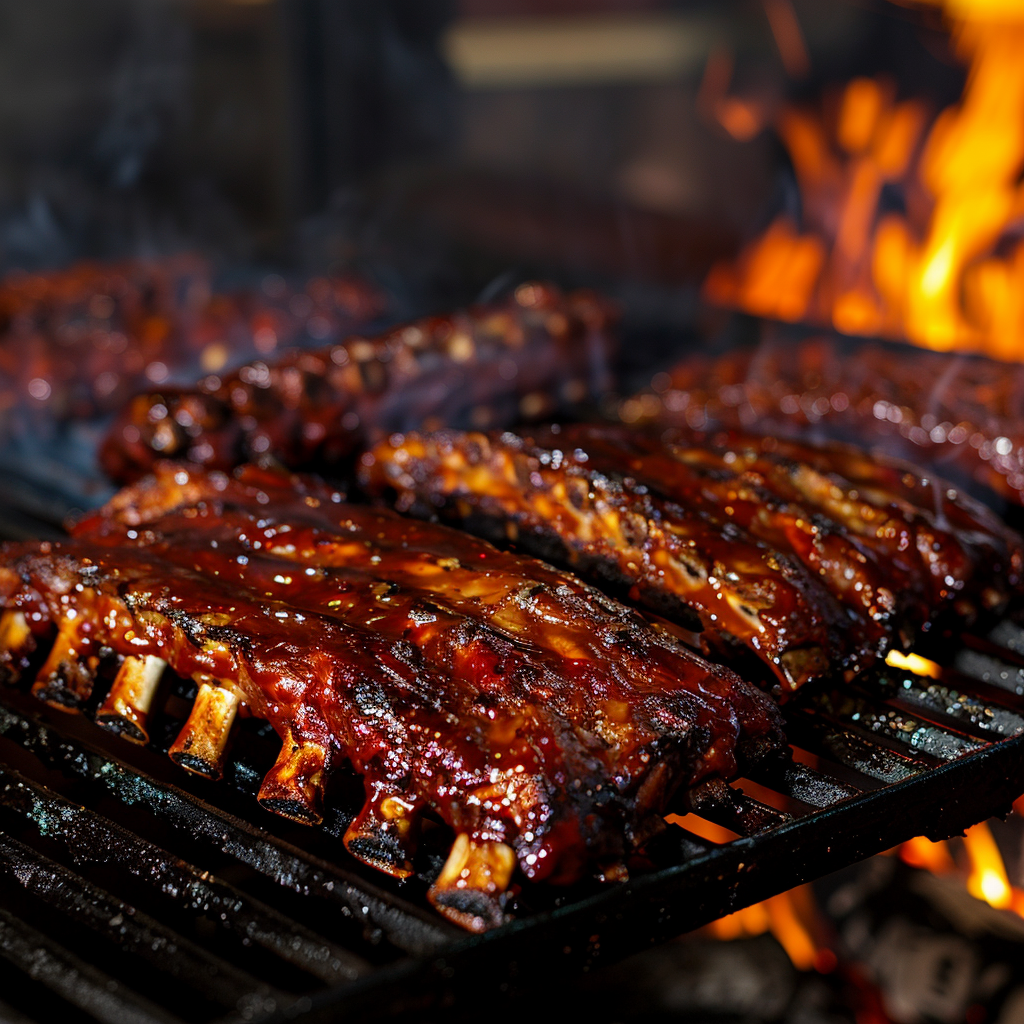
BBQ photography is a mouth-watering branch of the culinary arts. It’s all about taking pictures of barbecue that make people hungry and show off your skill with food. If you’re good at snapping pics of BBQ, you could find yourself working on ads, blogs, or other exciting projects within the food industry.
Understanding BBQ Photography
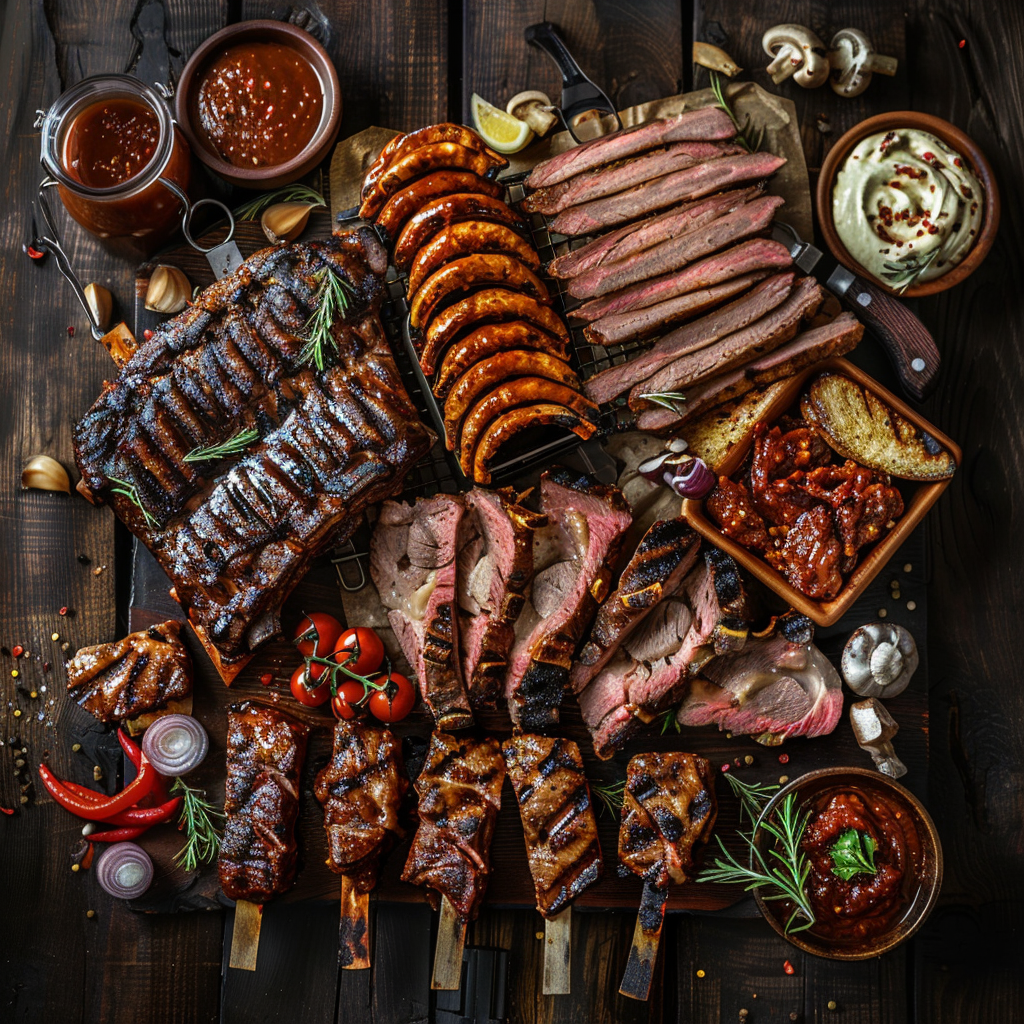
Barbecue photography is all about capturing the right look. The charm of BBQ food is in its vibrant colors and diverse textures that hint at flavor and a smoky essence. To really photograph these qualities, you need to pay close attention to detail and know what makes barbecued food so tempting.
The Look of Barbecued Food
A photo can almost help you smell the smokiness of barbecue; it’s that intense. What draws us to pictures of barbecue is the grill lines – signs of fiery cooking. That char, along with the glistening juices on the meats, delivers a mix of rustic charm and appetite appeal. Skilled photography showcases these details, offering an absorbing visual for the observer.
Key Points in Barbecue Imagery
Color is huge in barbecue photos. From deep browns to the bright shades of sides, color selection is key. A photographer should adjust color intensity to match the food’s real-life vibrancy. The texture shows up in the crispness of meat edges and glazed sticky sauces, and shouldn’t be overlooked.
Presentation is also essential – it’s about arranging every part thoughtfully. A clean dish or wooden table can boost the food’s believability. It’s crucial that sides like cornbread don’t steal the spotlight from the main dish.
To take photos worthy of the delicious BBQ vision, ponder over these factors. A blend of color, texture, and smart arrangement can draw food enthusiasts and make them long for a bite of that grilled masterpiece.
Camera and Lens Choices for Food Shots
The camera and lens you choose matter a lot when taking appealing BBQ images. You’re better off with a DSLR or mirrorless camera that lets you tweak settings manually, affecting exposure and blurriness. Canon’s EOS 5D Mark IV or Nikon’s D850 are favored for their high-quality images and authentic colors.
Prime lenses with wide openings like f/1.8 or f/2.8 are ideal; they let in extra light and blur backgrounds to make your dish stand out. A 50mm lens, known as ‘the nifty fifty’, is a favorite for crisp details and versatility. A macro lens is also handy for up-close shots showing off barbecue textures and colors.
Lighting for BBQ Photos Outside and Inside
Getting lighting right is a game changer for food photos, making that BBQ spread irresistible. For outdoor scenes, the best light often comes naturally. Cloudy days work well since the clouds act like a big softbox, keeping shadows light. If the sunlight is too strong, though, use diffusers to make it softer and reflectors to lighten shadows.
Indoor photography calls for different equipment like constant light sources – softboxes or LED panels provide stable light and mimic natural lighting. Use white cards to bounce light onto your dish, ensuring it’s lit evenly from all sides. Backlighting can give that shiny look to fats and sauces typical in BBQ photos, but position carefully to avoid too much shine or dark photos.
Organizing your shot plays a big role when trying to capture BBQ deliciousness through your lens. How you place everything impacts how good your photographs look.
Getting Close to Grill Marks and Smoke
Grill marks epitomize great BBQ, symbolizing taste and expertise. To emphasize these grill grooves, get in there for close-up shots. Pay attention to lighting too; gentle light helps showcase smoke and sets up a mood that makes viewers feel like they’re standing by the grill.
Framing Up BBQ For Impact
In photography, having balance matters, and BBQ photos are the same. Deskew your primary dish for a more engaging shot and fill around it with things like seasonings and fresher components for context. Don’t cram too much in – you want each ingredient to have its moment. A hint of green adds a pop of color that brings attention back to the BBQ centerpiece.
Natural vs Artificial Light
When taking BBQ dish photos, consider if you want natural sunshine or artificial lights. Sunlight casts a warm glow making food look superb but can be unpredictable throughout the day due to weather changes. On the contrary, artificial lights like studio lamps offer full control no matter the weather outside. Your choice depends on the style you’re after and how much control you need over the environment.
Perfect Shadows and Highlights Make a Difference
Crafting good shadows and highlights can propel your BBQ pics to greatness. Shadows add depth which helps your grilled items stand out — just watch they don’t become too dark. Highlights, meanwhile, draw focus by illuminating meats and veggies with a little sparkle. Achieve this by balancing shadow depth with highlights that suggest freshness without dazzling viewers.
In food photography, how you present everything is nearly as important as how good it tastes. For BBQ dishes, setting up your components just right maximizes visual appeal. Show off the juicy insides of brisket slices or crusted ribs alongside sides like slaw or cornbread for diversity. Color matters too; bright greens should bring the scene alive.
Creative Composition With BBQ Elements
For truly captivating BBQ images, compose with intent. Start by placing your main dish off-center then scatter other elements either in an arc or loosely around it. Play with heights and surfaces; prop ribs or pile up burgers to lead viewers through the image. A well-placed sauce flick can add a sense of action to still photos.
Backdrop Choices That Flatter Barbecue Foods
The right props and backgrounds make your BBQ pics pop even more. Tools like tongs add an artisanal touch while earthy plates suggest home cooking. For backdrops, aged wood creates tradition while dark stone adds drama.
Editing is key after taking those hot BBQ photos. Start by altering contrast to give colors more punch, making sure the meat looks as tempting on screen as off it., Adjust brightness levels to give your food a celestial glow; then tweak saturation to add richness—but keep it natural. Fine-tune sharpness too: it can accentuate grill lines and juicy shines on meats if done right.
Avoid too much though—you don’t want grainy pictures. When editing goes beyond basic adjustments (like getting rid of unwanted sauce splashes), tools such as clone or healing in software programs will come in handy. Lastly, use filters but be cautious—they should elevate rather than distract from your food’s natural tastiness.
Pumping Up Grill Appeal With Editing Tricks
There’s more to barbecue photography than just snapping away—you’ll wanna get crafty with some editing moves. Lifting clarity brings out grill marks—barbecue’s signature. Adding warmth with color temperature makes things feel cozy.
Use vignettes—these lightly darken edges guiding eyes centerward. Don’t overlook dodging (lightening) and burning (darkening); this lets you play with exposure selectively accentuating shiny spots or smoky hues. Just remember not to overdo effects; subtlety keeps things looking genuine and inviting.
Digital Tools For Food Photo Editing
Picking effective software is vital to turn great food moments into stunning digital images. Adobe Photoshop reigns supreme when retouching photos. Lightroom streamlines editing for photographers who value speed. Mobile apps like Snapseed offer powerful editing tools on the go. VSCO stands out for stylish presets. Then there’s GIMP—a decent free alternative. Pick your tool and get comfy with it—it can elevate average BBQ shots into drool-inducing pieces of art.
Photographing BBQ goes past serving plates—it includes capturing cooking action. Getting shots of how it’s made adds authenticity. Interest people more by providing insights into grilling methods and prep stages. Capture dynamic angles looking for hands-on action shots like sauce application or meat sizzling on flames.
Capturing Grilling Craftmanship
Grilling is skillful work documenting it visually requires observing cooks at work., Capture various shots from delicate hand movements to overall setup.Spot moments like meat flipping for perfect grill marks or smoke wrapping around dishes; these enhance your storytelling through imagery.
Timing Is Everything In BBQ Photography
The timing has to be on point for top-barbecue shots. Grab those moments when meats hit the grill for desirable char lines. Smoke is essential too;capture it surrounding your meal. Natural light emphasizes colors so keep an eagle eye on light conditions through the day—dusk gives off an especially striking glow. Watch out for spontaneous opportunities like lifting a grill lid—they add excitement. Shoot away with patience, and let each picture tantalizingly suggest barbecued delights.
Enhancing BBQ Food Photos
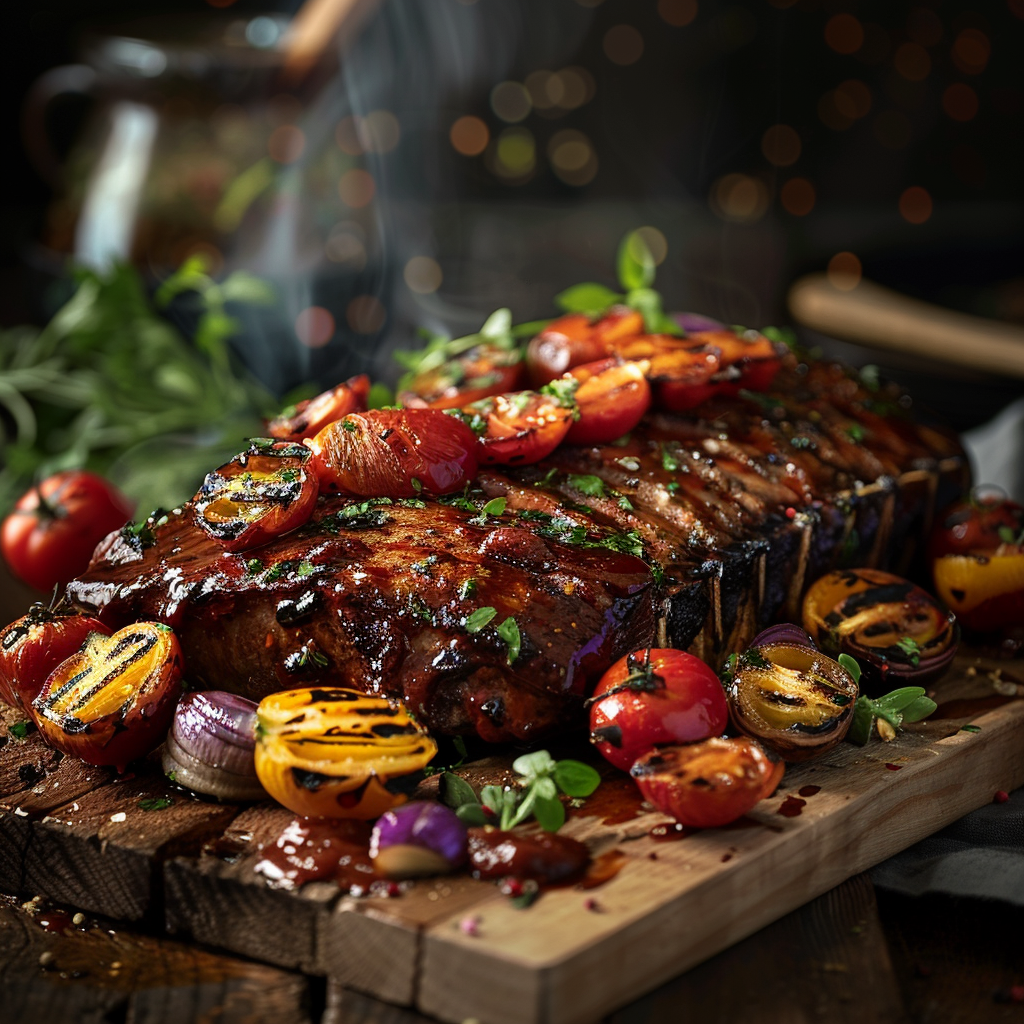
Macro photography lets you capture the rich details in BBQ dishes. With a macro lens, you can focus on the fine textures of grilled foods, like the crisp lines and bright, juicy areas. This requires a still hand, an eye for small beauties, and strong lighting to bring out the best features. A tripod might be handy for keeping your camera solid and your images sharp.
Capturing Action with High-Speed Photography
High-speed photography is great for snapping quick moments, such as flames touching meat or the hiss of juices hitting coals. It’s all about quick timing, using rapid shutter speeds to stop these short-lived scenes. This way, you freeze time and show the fiery taste and excitement of BBQ. Proper lighting is key; it should be even so you don’t lose the bright flames or the shimmer of heat.
To make a superb BBQ photo portfolio, begin by picking out your finest pictures. This involves searching through your work to find shots that not only look tempting but also display your photography skills at various levels. As you choose your top photos, think about their structure, light quality, and attractiveness.
Choosing Top-Quality BBQ Shots
You must be strict in your selection. Find photos that burst with color, have sharp focus on the BBQ, and a backdrop that enhances yet doesn’t overpower. Spice things up with close-ups that show off the meat’s texture and moisture.
Building a Varied and Skilled Portfolio
As you compile your portfolio, embrace variety. Include pictures of smoky ribs, shiny chicken, or blackened veggies to demonstrate a wide range. Show different skills by mixing in various types of shots: from above, side angles, and ones that catch the cooking action. Highlight your talent to capture BBQ scenes anywhere, at lively festivals or calm home settings.
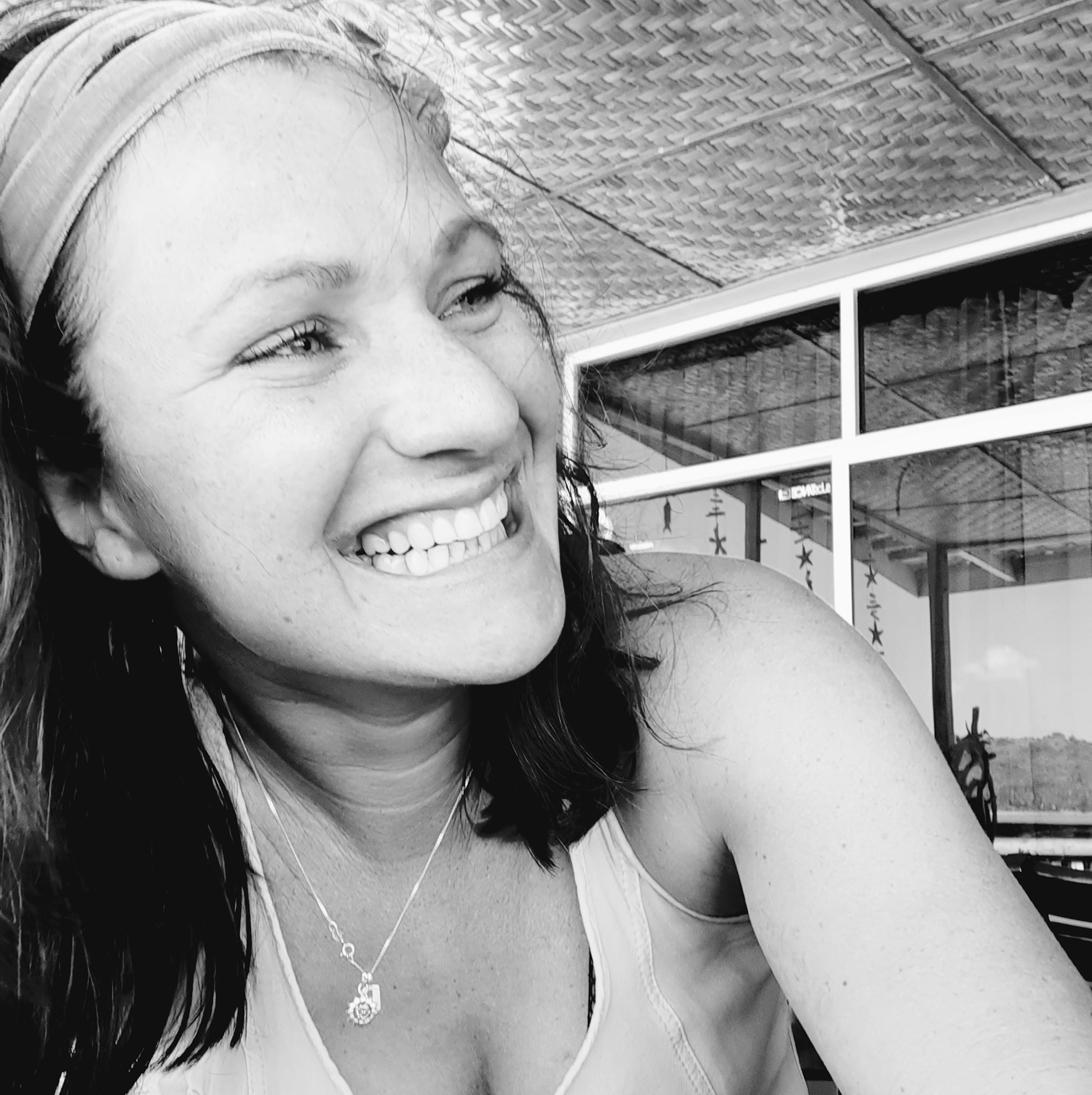
About Author
Rachel Noël is a professional photographer and videographer from the UK with over 10+ years of experience. Rachel specializes in Underwater, Tavel & Portrait photography among other areas.
